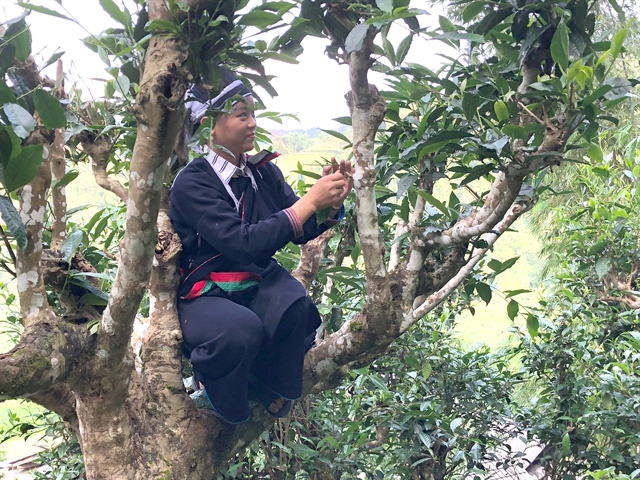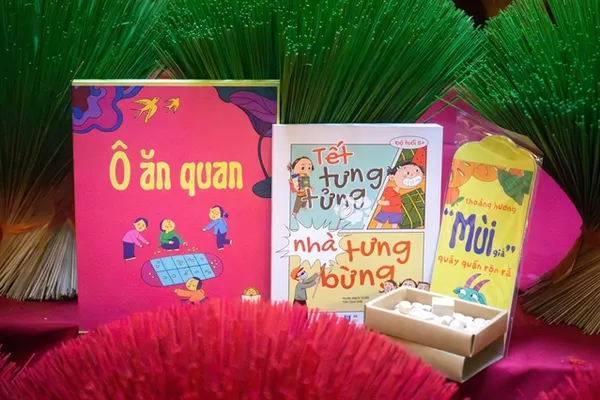 Life & Style
Life & Style

Hà Giang Province’s signature shan tuyết tea trees have been recognised as part of the Ancient Tree Heritage of Việt Nam.

|
| More than a million ancient shan tuyết tea trees in Hà Giang Province have been listed and documented for protection. — VNS Photo Mỹ Hà |
HÀ GIANG — Hà Giang Province’s signature shan tuyết tea trees have been recognised as part of the Ancient Tree Heritage of Việt Nam. The Nature and Environment Protection Society of Việt Nam, the Việt Nam Tea Association and relevant officials of Hà Giang Province issued a joint statement announcing the decision in a ceremony at Nậm Ty Commune over the weekend.
The rocky mountains of Hà Giang, home to the magnificent terraced rice fields, also nurture a large community of ancient shan tuyết trees. In Hoàng Su Phì District alone, more than 2,000ha of tea fields are home to three million ancient tea trees, some of which are more than 200 years old.
The natural tea acreage of Hoàng Su Phì District plays an important role in keeping a well-proportioned mix of major crops in the district, a decree by the Hà Giang People's Committee stated in December last year.
Home to a climate suitable for tea growth, the tea trees have become one of the five major crops of the province. The tea and tea-drinking culture is closely associated with the local people, who prefer using fresh herbs for their brews.
Roasted or fermented teas are used for export to distant markets.
Grown on pure and fresh strips of land at over 1,000m above sea level on lime karst mountains of Việt Nam's northeastern region, the tea buds and leaves are harvested so that they maintain their best quality.
Every year, total production reaches 12,800 tonnes of high quality tea buds, black and green teas. Tea communities in Lũng Phìn (Đồng Văn District), Phìn Hồ, Túng Sán and Thông Nguyên (Hoàng Su Phì District), Tham Vè, Bó Đướt, Thượng Sơn and Cao Bồ (Vị Xuyên District) are among the best that grow in the natural habitat without any human interference such as fertiliser or pesticides.
As of now, shan tuyết tea has been exported not only to big cities in Việt Nam such as Hà Nội, Đà Nẵng and HCM City, it has reached consumers in Europe, Asia and America in more than 20 countries.
Prior to this ceremony to recognise the ancient tea, communities in Hà Giang, the Intellectual Property Department earlier issued the geographical indications of shan tuyết tea to 44 communes in six districts and cities of Hà Giang Province. A native tree of the mountains, the shan tuyết tea is closely related to the local Dao and Mông people.
Hà Giang officials have set a target to increase the commercial tea plantation up to 17,000ha, of which 70 per cent reaches VietGap or organic quality requirements. Geographical indications shall be important for global consumers to learn about Hà Giang, its tea and the people. — VNS




